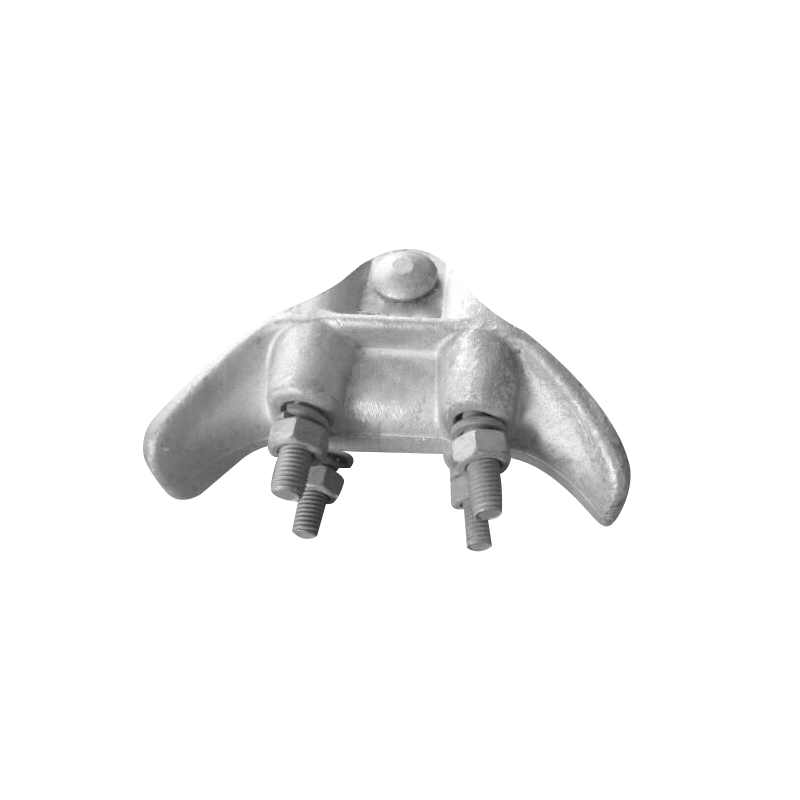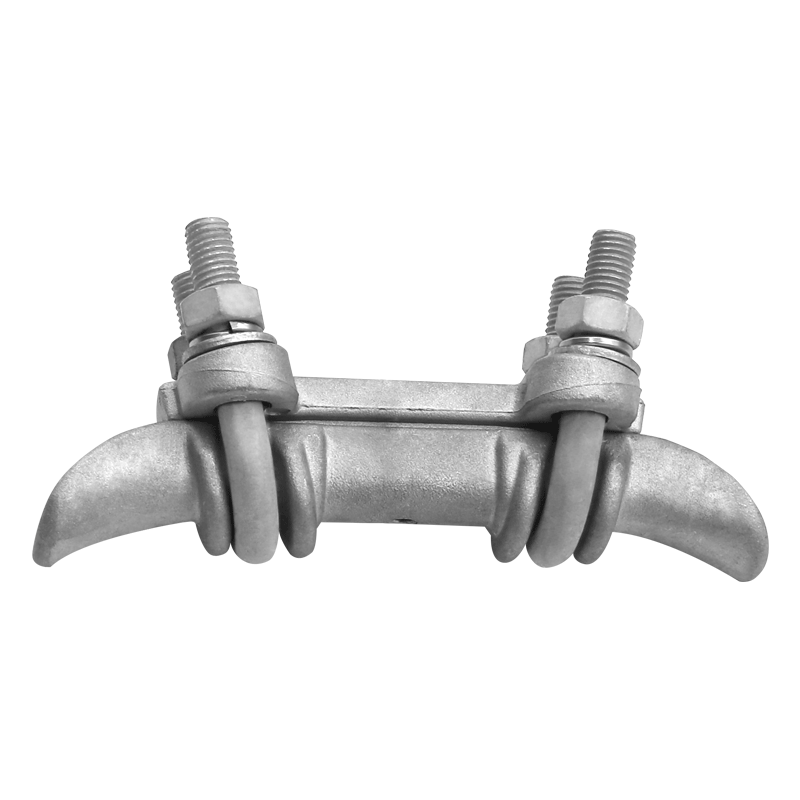1. Cable arrangement
The three-phase arrangement of single-core cables can be divided into the horizontal arrangement, vertical arrangement, and equilateral triangle arrangement. Both the horizontal and vertical arrangements have the problems of unequal mutual inductance and asymmetric impedance, so it needs to be transposed when the line is long. Equilateral triangles are arranged in three-phase symmetry. At present, in long-distance laying methods such as direct burial, piping, and cable trenches, horizontal or vertical arrangements are generally adopted. The equilateral triangle arrangement is rarely used due to other factors such as difficulty in construction and fixation.
2. Fixed requirements
1) There should be no less than one rigid fixation on the cable at the end, joint, or close part of the turn.
2) There should be no less than 2 rigid fixations on the high side of the vertical or slope.
3) Each pitch of the cable serpentine laying should be flexibly fixed. The transition part where the serpentine shape is transformed into a straight line laying should be rigidly fixed.
4) High-voltage cable clamp.


Cable Clamp
Third, the cable middle joint
Cable intermediate joints are divided into insulated intermediate joints and straight-through intermediate joints, which are generally prefabricated and have a glass fiber reinforced plastic waterproof water shell. Set up a dedicated cable joint manhole at the cable joint. The general specification of the joint well is 10 meters or 20 meters long, which is convenient for telescopic installation and serpentine laying of cables. The cable joints are fixed on sandbags and filled with sand after construction.
Fourth, the selection and connection of cable terminals
Cable terminals are generally divided into GIS terminals, porcelain sleeve terminals, dry silicone rubber terminals, etc. GIS cable terminals are used for outlets in GIS substations, porcelain sleeve-type terminals are used at the entrance frame of open-type substations, and dry-type silicon rubber terminals are used on the iron tower when the cable is connected to the overhead line. When several times of cable lines need T-connection because there is no mature cable T-connector in China, a T-connection room can be built, and the porcelain sleeve terminal or dry silicone rubber terminal can be T-connected with wires. When dry-type silicone rubber terminals are used for T-connections, hard connections should be used to prevent the electrical power of the wires from bending the silicone rubber terminals, causing safety accidents and damaging the cable terminals. Silicone rubber terminals are used when the cables are installed on the tower. The cables and terminals should be fixed in a reasonable way. Generally, insulator strings are used to straighten the cable terminals and fix them in the middle of the tower cross arm. The advantages of the cable-mounted tower method are that it saves floor space and is convenient for operation and maintenance.
5. Selection and installation of lightning arrester
General procedures for the selection of lightning arresters for transmission lines; the meaning of the models of lightning arresters for transmission lines; the selection and installation of lightning arresters for AC transmission lines.
6. Classification and selection of cable grounding box
The classification of the cable grounding box mainly depends on the function type, voltage level, number of phases, and the cross-sectional area of the grounding cable.
According to the function of the cable grounding box, it is divided into the cable sheath directly grounding box, the cable sheathing protective grounding box, and the cable cross-interconnecting protective grounding box. The cable sheath is directly grounded box, which contains connecting copper bars, copper terminals, etc., which is used for direct grounding of the cable sheath, and there is no need to install a cable sheath protector inside. The cable sheath protective grounding box and the cable sheath cross interconnection protective grounding box contain cable sheath protectors, connecting copper bars, copper terminals, etc., which are used for the protective grounding of the cable sheath. The cross interconnection grounding box is used for long-distance cables After dividing into several sections, the metal sheaths of each phase at the insulation joint position are cross-transposed.
7. Selection and application of protective layer protector
When lightning strikes and operating overvoltage shock waves propagate in the cable wires, the metal sheath of the cable will induce shock overvoltages. The cable line with one end grounded can be equipped with a protector at the non-grounded end, and the cable line with cross interconnection can be equipped with a protector at the insulating joint to limit the increase of impulse overvoltage on the sheath and on both sides of the insulating sheet of the insulating joint. The sheath protector is generally installed in the cable line cross interconnection box and the grounding protection box.
We are an Overhead Line Fittings supplier, if you are interested in our products, please feel free to contact us.
+86 319 878 9350
+86 156 1304 7999
+86 319 878 9350
NanYan, DongHuan Road, Shahe, Hebei China
Copyright © Hebei Yipeng Line Equipment Co., Ltd. All Rights Reserved. | Sitemap Powered By 
